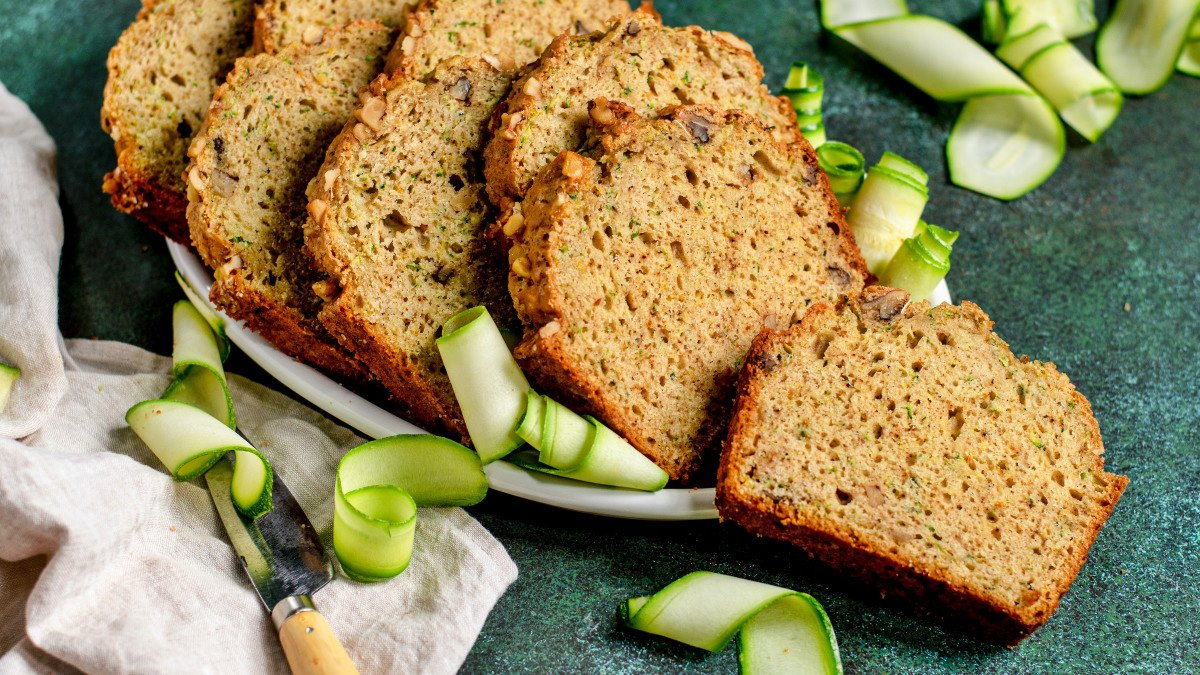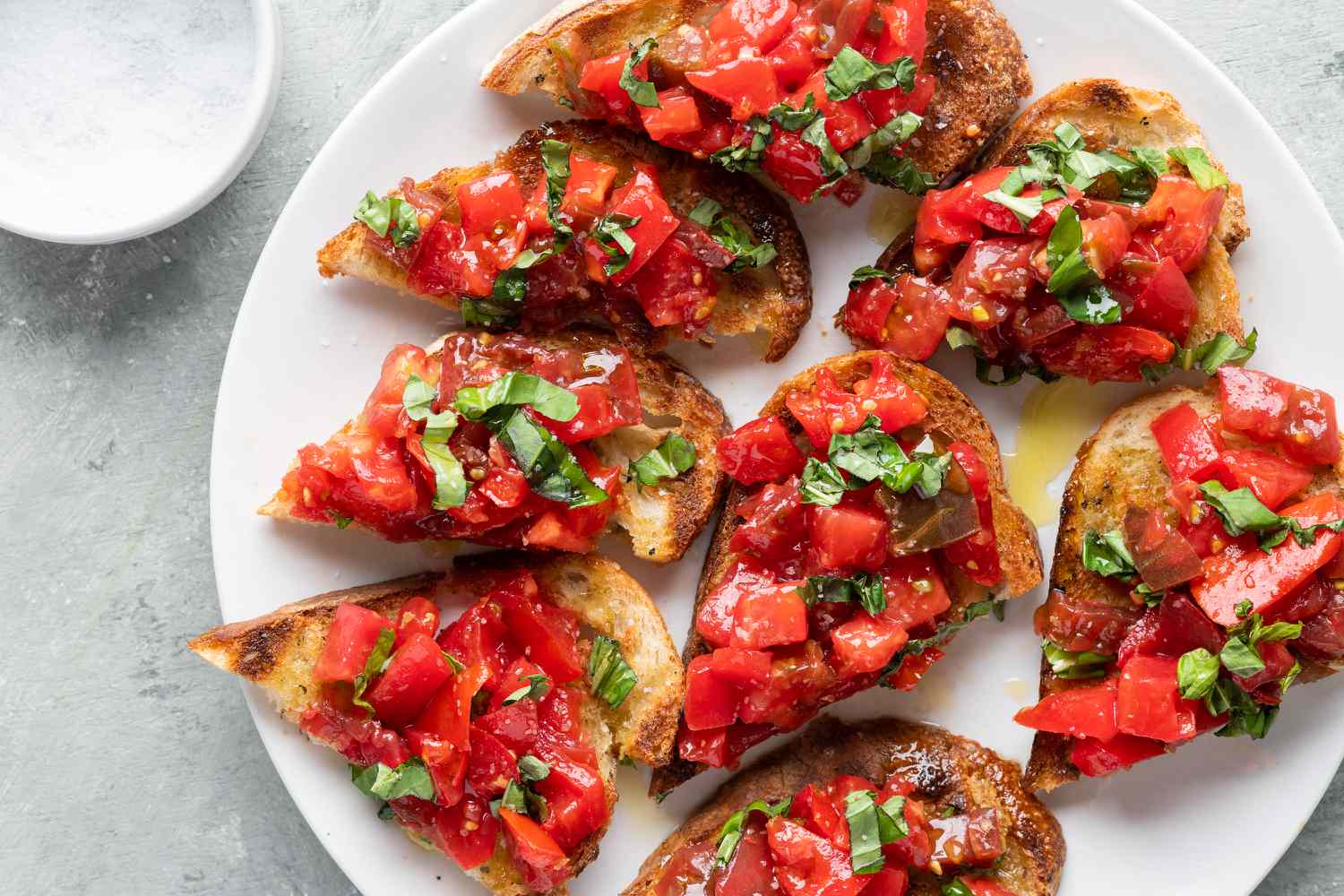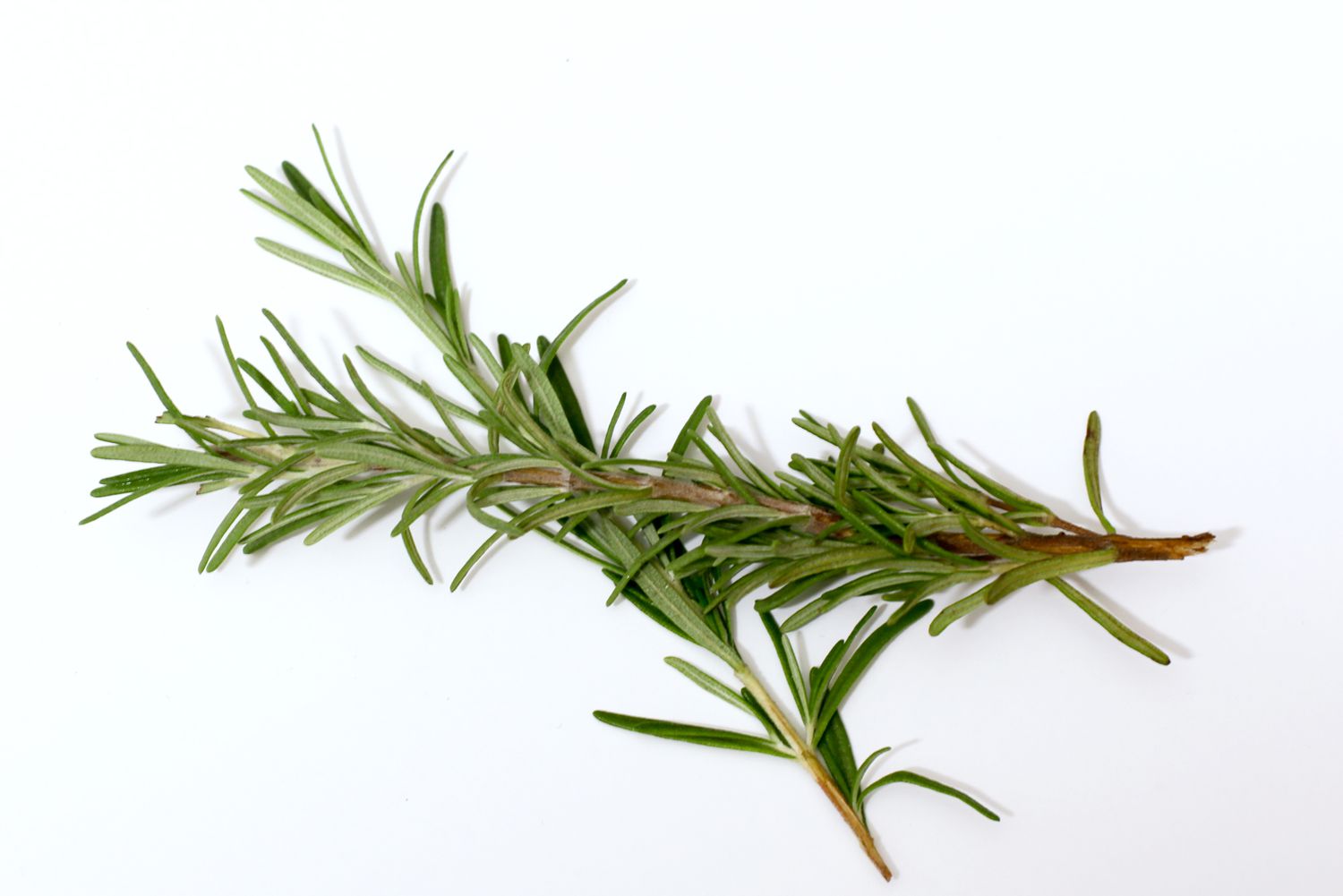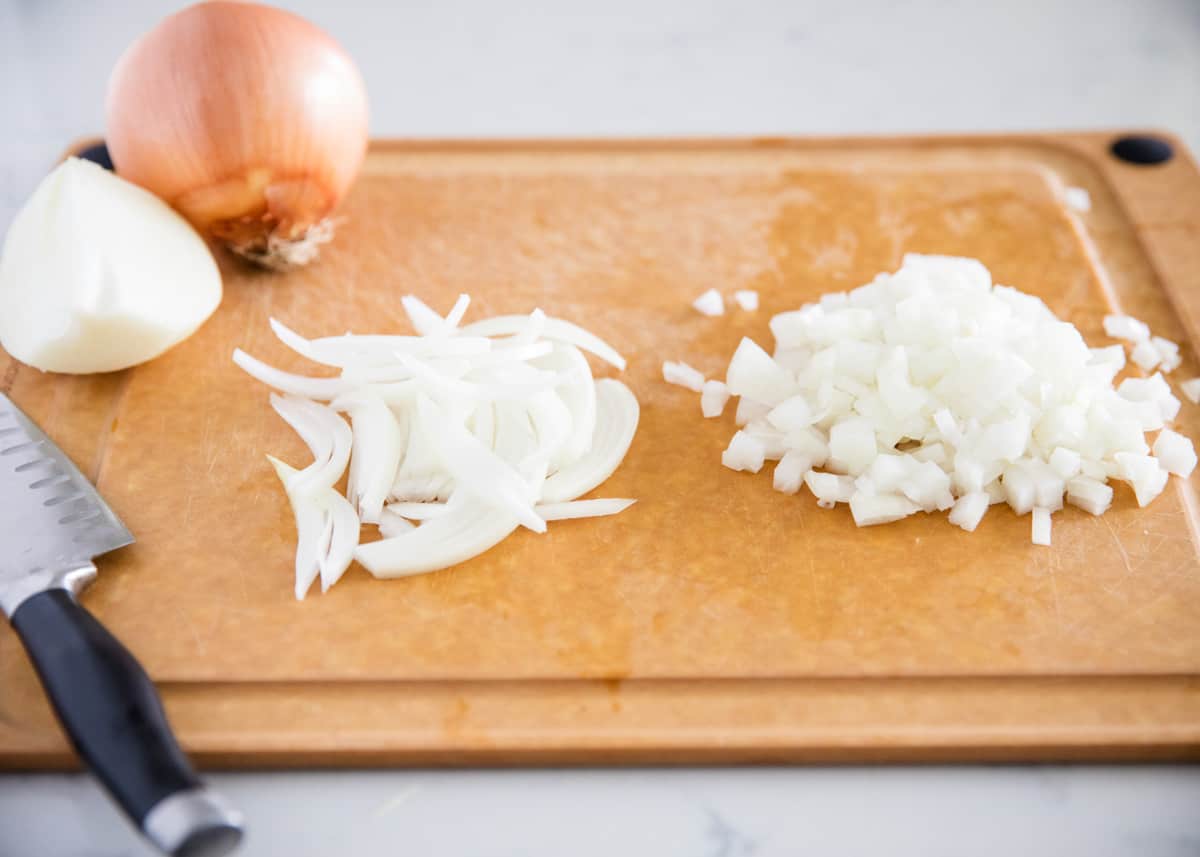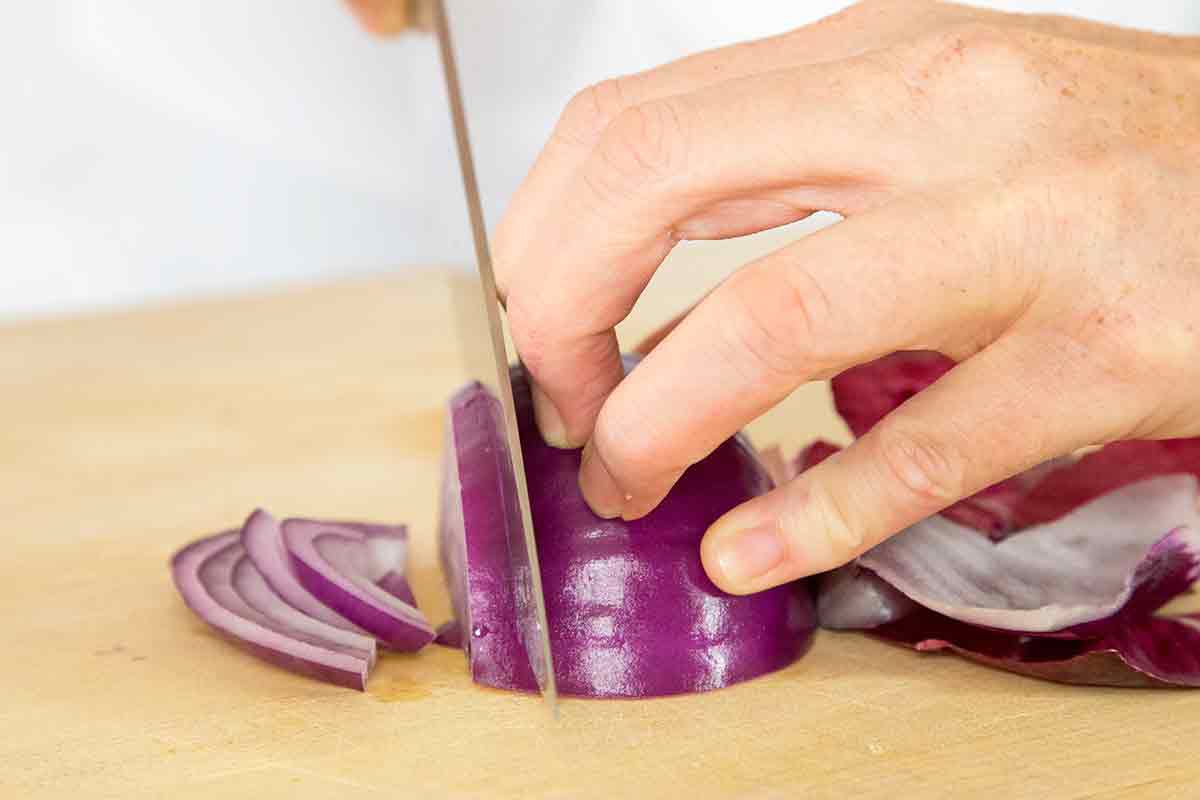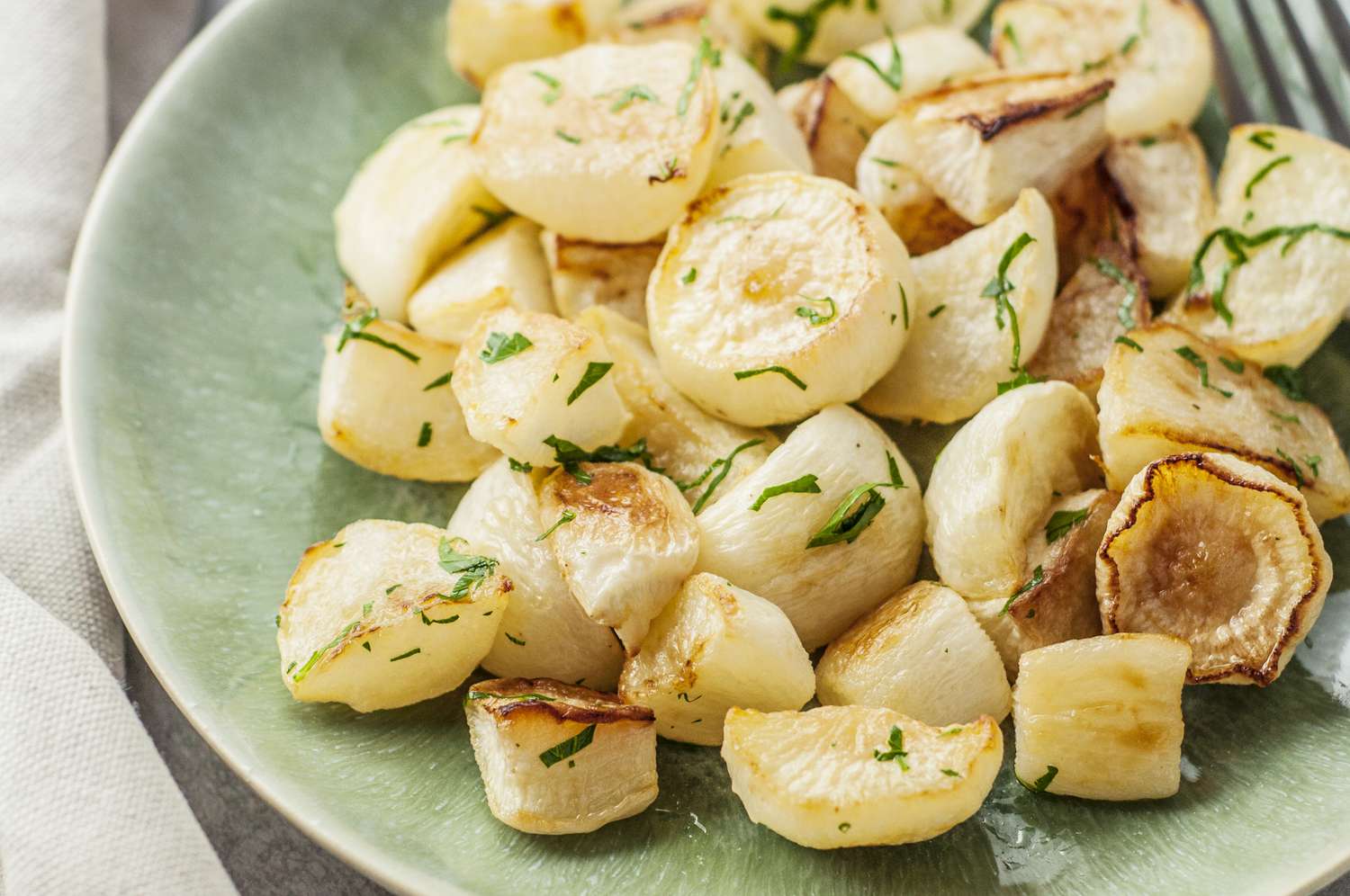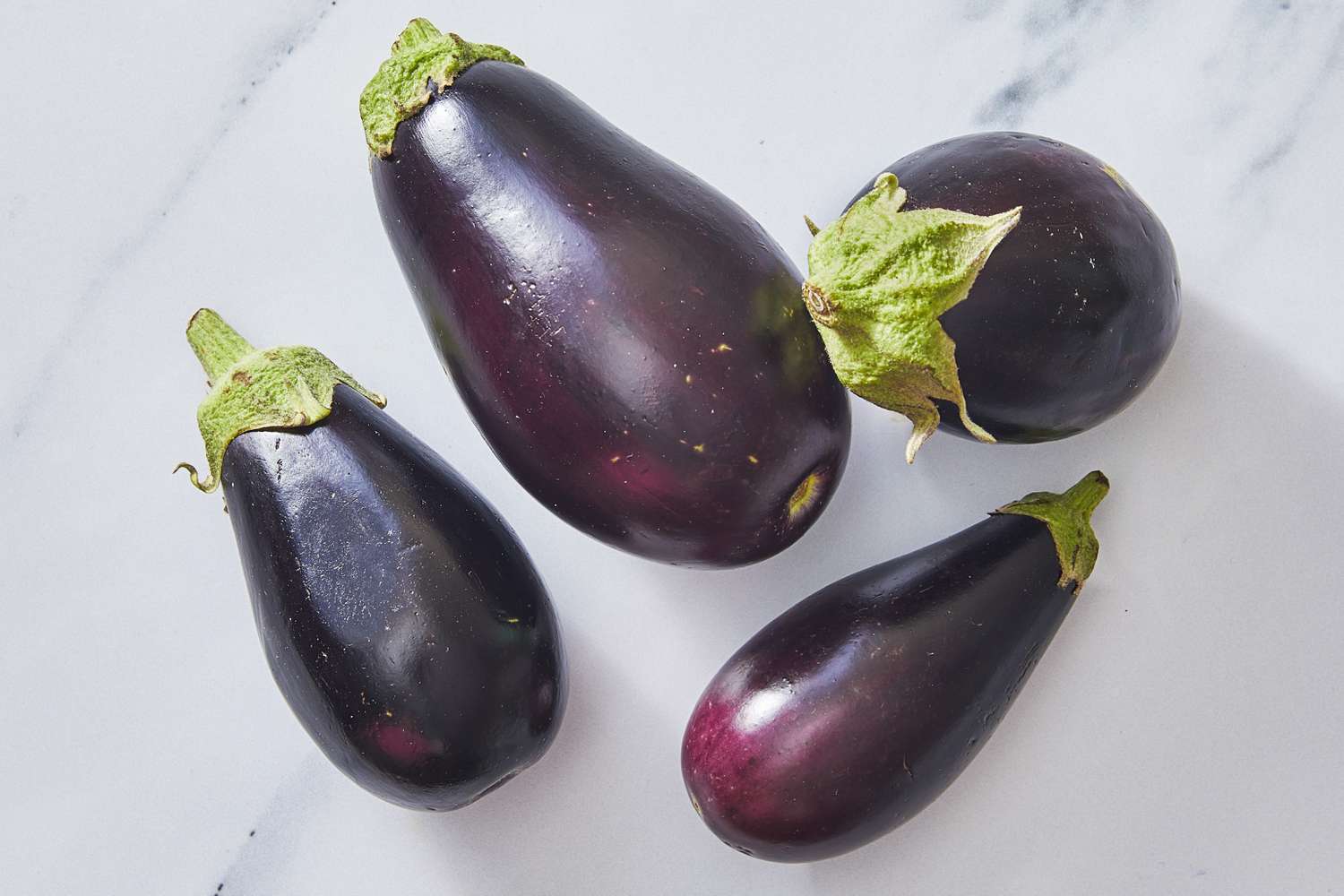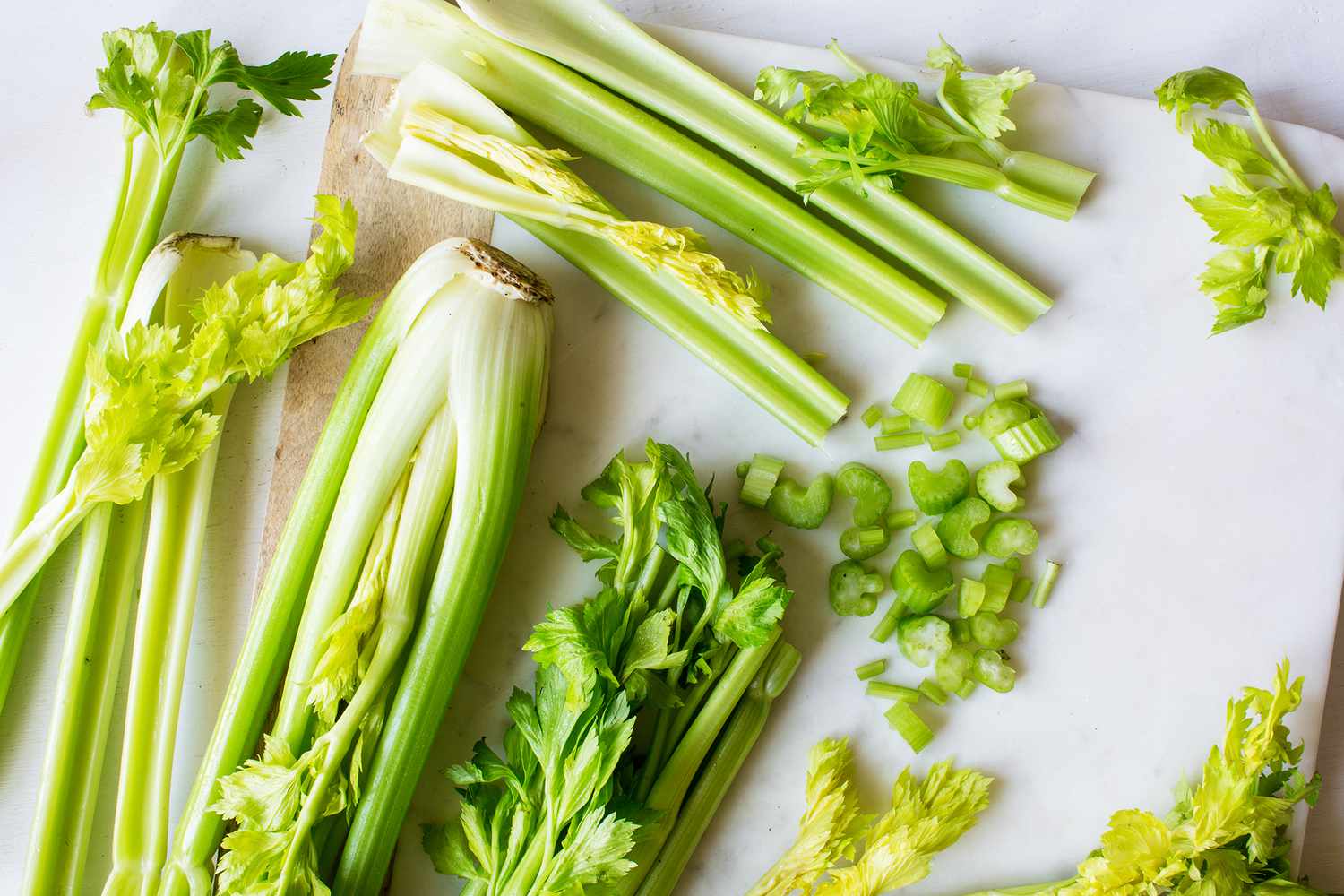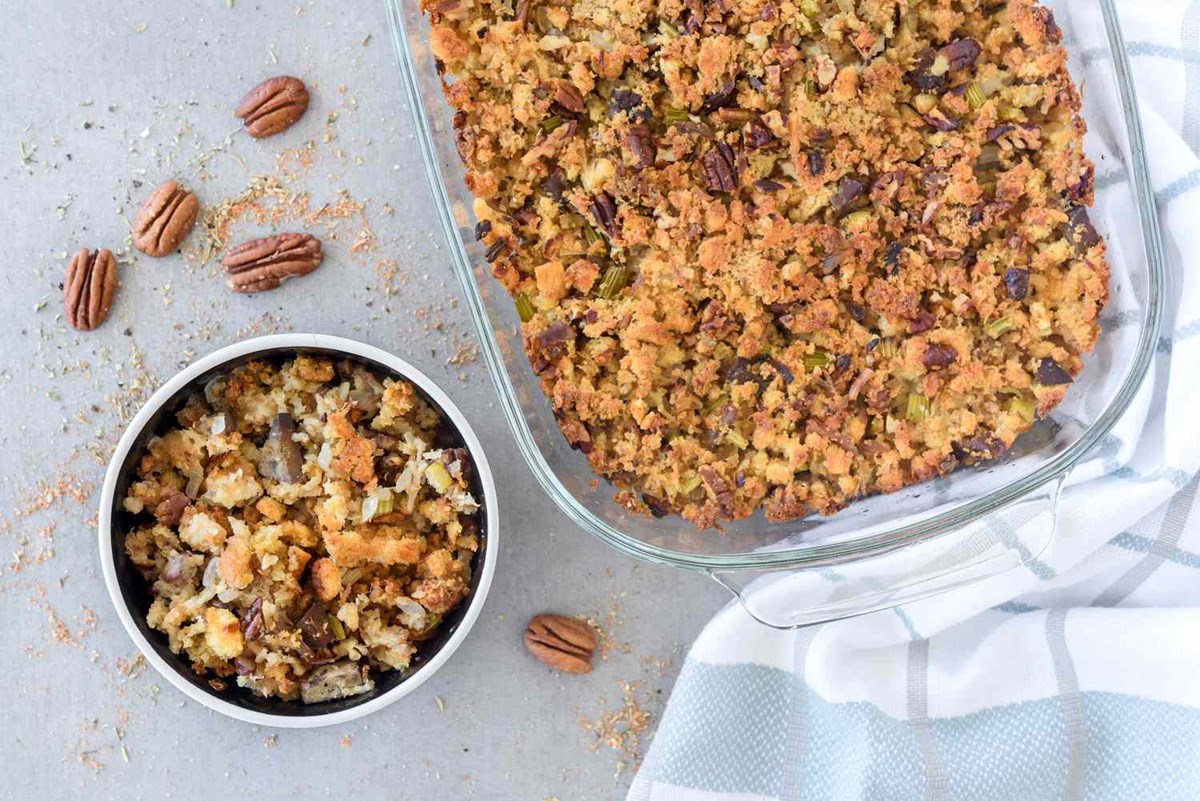Mastering the Art of Dicing Bread
There’s something incredibly satisfying about the process of dicing bread. Whether you’re preparing croutons for a salad or creating the perfect cubes for a bread pudding, mastering the art of dicing bread can take your culinary skills to the next level. If you’re ready to elevate your cooking game, here’s a step-by-step guide to help you dice bread like a pro.
Choose the Right Bread
Not all bread is created equal when it comes to dicing. For the best results, opt for a sturdy loaf with a firm crust, such as a French baguette or a sourdough boule. The bread should be slightly stale, as this makes it easier to dice without squishing or tearing the slices.
Preparation
Before you begin dicing, it’s essential to prepare your work area. Clear a clean, flat surface and gather a sharp serrated knife and a cutting board. Make sure the knife is sharp, as this will make the dicing process much smoother and prevent the bread from getting crushed.
Dicing Technique
Now, onto the main event – dicing the bread. Follow these steps for perfect, uniform cubes:
- Slice the Bread: Using a gentle sawing motion, carefully slice the bread into 1-inch thick pieces. If the loaf is long, you can cut it in half to make the dicing process more manageable.
- Cut into Strips: Take each slice of bread and cut it into 1-inch wide strips. Keep the slices stacked together to ensure uniformity.
- Dice into Cubes: Finally, turn the strips 90 degrees and cut across them to create 1-inch cubes. Take your time and use a gentle sawing motion to maintain the shape of the cubes.
Storage Tips
If you’re not using the diced bread immediately, it’s essential to store it properly to maintain its freshness. Place the cubes in an airtight container or a resealable plastic bag, and store them in a cool, dry place. Diced bread can also be frozen for future use – simply place the cubes in a freezer-safe bag and label it with the date.
Utilizing Diced Bread
Now that you’ve mastered the art of dicing bread, the culinary possibilities are endless. Here are a few ideas to inspire your creativity:
- Homemade croutons for soups and salads
- Cubes for skewers in kebabs
- Ingredients for a flavorful bread stuffing
- Additions to a savory bread pudding
With these tips and techniques, you’re well on your way to becoming a dicing bread aficionado. Practice makes perfect, so don’t be afraid to experiment with different types of bread and dicing styles to find what works best for you. Happy dicing!
